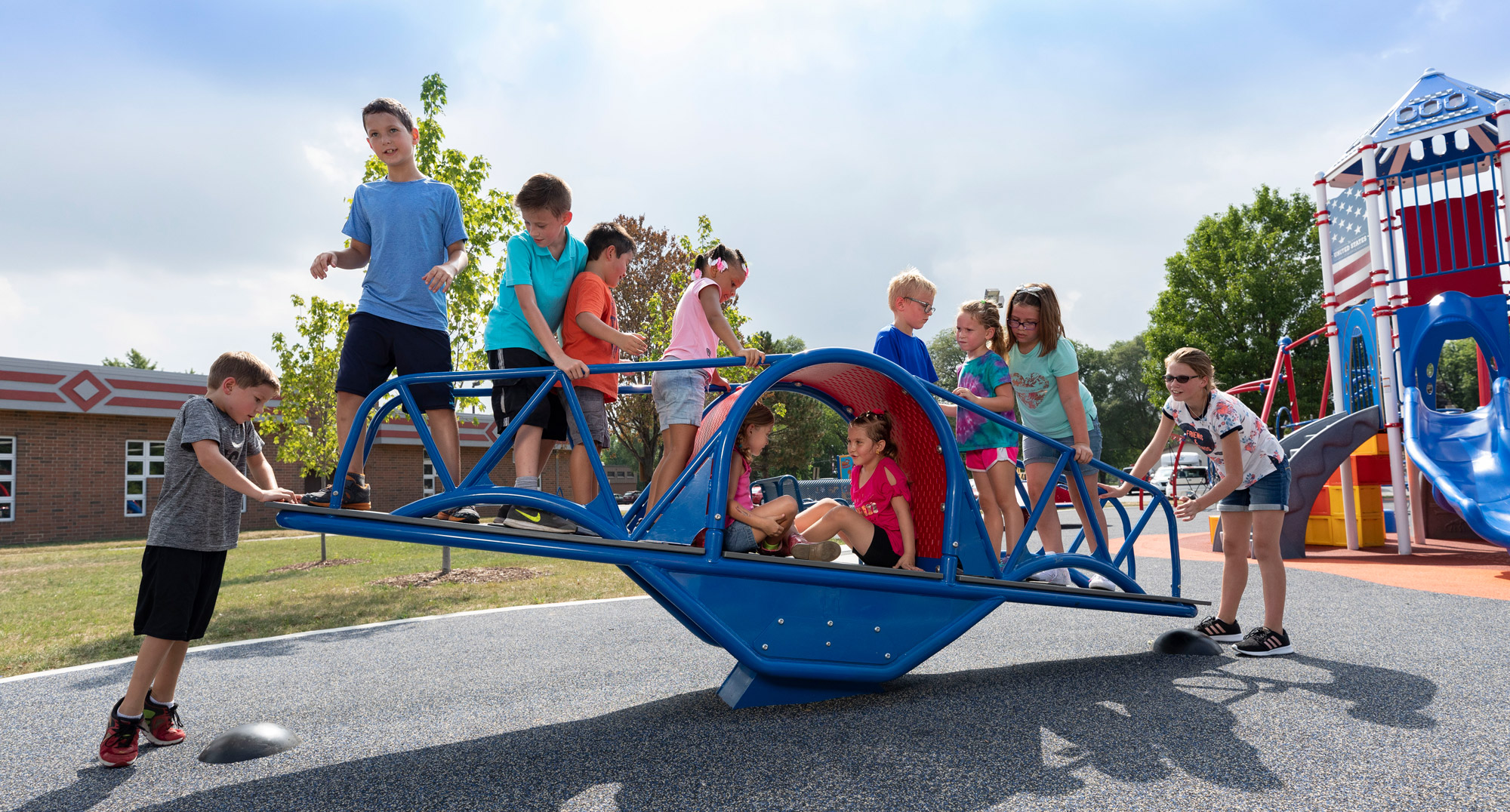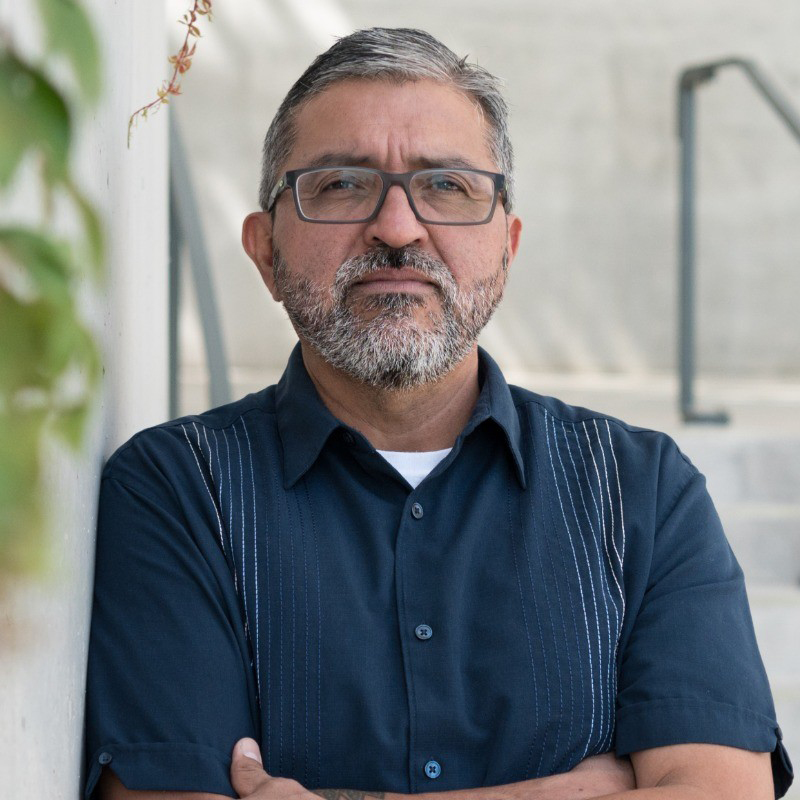The thought of happy children at play is about as comforting and natural a human notion as there is. Children play not for a reward but simply because it feels good—and, as we’ll learn, it has a myriad of benefits for their growth as human beings. Unfortunately, many communities face challenges which prevent children from accessing quality play places to play, like socioeconomic barriers, geographic limitations, and accessibility issues. According to a study by PBS, more than twenty-eight million children in the U.S. do not have a playground within a 10-minute walk of their home. And it’s even worse for those with disabilities — according to CDC, one in four adults has a disability, as do 17% of children aged 3-17. Addressing these disparities is essential to ensure that every child can enjoy the benefits of play.
Play Equity
Play equity is a crucial concept that ensures all children have equal access to play spaces, regardless of their race, gender, socioeconomic background, physical abilities, or where they live. Play is essential for children’s social, physical, and cognitive development, offering numerous benefits that contribute to their overall well-being. The “Equigenic Effect” highlights that access to nature can significantly benefit economically disadvantaged children, thereby promoting greater equity. Landscape architecture, the art of designing outdoor spaces, plays a vital role in fostering play equity by creating high-quality, inclusive, accessible, and engaging environments where all children can play, learn, and thrive.

Finding balance at Apollo Park
Environmental and Health Benefits
Green spaces contribute significantly to physical and mental health. Integrating natural elements into play areas not only enhances their aesthetic appeal but also provides children with opportunities to connect with nature and provide greater exploratory challenges that enhance the development of executive function and problem solving. Sustainable practices in landscape architecture, such as using eco-friendly materials and preserving natural habitats, further enhance the environmental benefits of these spaces. According to CDC, only 24% of developing children obtain the recommended amount of exercise, overall increasing the risk of developing health issues due to lack of physical activity. Play equity has vital impacts on the overall wellness of community’s members and visitors of all generations.
Safety, Inclusivity, and Maintenance
Play inequity manifests in various forms within underserved communities, including the lack of safe playspaces, inadequate access routes, and substandard facilities within parks and playgrounds. Ensuring the safety of play spaces is paramount and involves meticulous consideration of design elements and materials. By incorporating culturally responsive programming and universal design principles, play areas become welcoming and accessible to children from diverse backgrounds and abilities. Essential features like adaptive equipment such as wheelchair-accessible swings and sensory play panels are pivotal in creating inclusive environments. Furthermore, maintenance staff need to be well-versed in the varying standards for nature play elements to uphold safety while preserving the natural integrity of these spaces. Proper training of maintenance personnel is essential to maintain a balance that ensures all children can safely explore and enjoy these environments.
Community Engagement and Cultural Relevance
Community input is vital in designing play spaces that are culturally relevant and meet the unique needs of the population. According to this study, engaging local residents in the planning process ensures that play areas reflect the community’s values and preferences resulting in effective park design and equitable access, while also creating a sense of ownership and pride in these spaces. Additionally, programs and activities designed to promote community use of these spaces can help foster a sense of belonging and cohesion.
Future Directions and Innovations
The future of play equity in landscape architecture looks promising, with emerging trends and technological advancements paving the way for innovative designs. Interactive and adaptable play equipment, inclusive design, and thoughtful maintenance can create dynamic play environments that evolve with the needs of the community. As awareness of play equity grows, continued efforts from policymakers, designers, and communities will be crucial in achieving a more inclusive and equitable future for all children.
In summary, landscape architecture is instrumental in promoting play equity by designing inclusive, accessible, and engaging play spaces. By addressing socioeconomic disparities, incorporating environmental benefits, and engaging communities, landscape architects can create environments where all children can play, learn, and grow. It is essential for policymakers, designers, and communities to work together to ensure that every child can enjoy the benefits of play, fostering a more inclusive and equitable future.
The spaces that are planned, designed and ultimately built by landscape architects are often impressive and innovative in terms of their physical assets, but the true testament to success is how these spaces are utilized and by whom. Hitchcock Design Group’s human-centered approach excels in all these aspects.
Jesús Aguirre
Jesús Aguirre | Board Chair, National Recreation and Park Association

We are honored to have co-written this Insights article with the distinguished Jesús Aguirre. With more than 25 years of experience in public and non-profit leadership in public education and in the parks and recreation industry, Jesús is passionate about creating vibrant and inclusive public spaces that help diverse communities thrive.
Jesús has served at all levels of the public K-12 education systems, including middle school science teacher, public charter school co-founder and co-director, school district level administrator, and ultimately as chief state school officer for the District of Columbia.
As the leader of the parks and recreation departments in the District of Columbia and in Seattle, he led both agencies to develop new strategic visions and plans to better serve all residents.
As the CEO of Waterloo Greenway, a nonprofit organization that operates and maintains a new urban park system in downtown Austin, Texas, Jesús led the vision, strategy, and execution of the organization’s mission to connect people, nature, and culture, overseeing the fundraising, partnerships, programming, and operations of the park.
He currently serves as chair of the board for the National Recreation and Parks Association (NRPA) and the chair of the board of the Children and Nature Network (C&NN), and is a member of the American Academy for Park and Recreation Administration (AAPRA).

